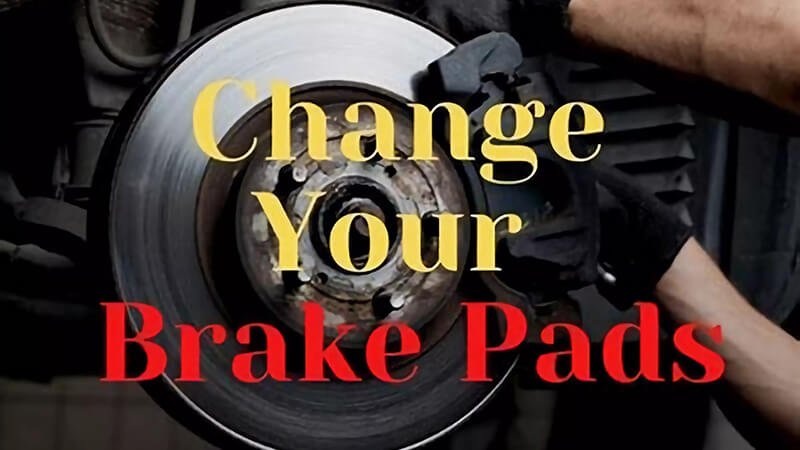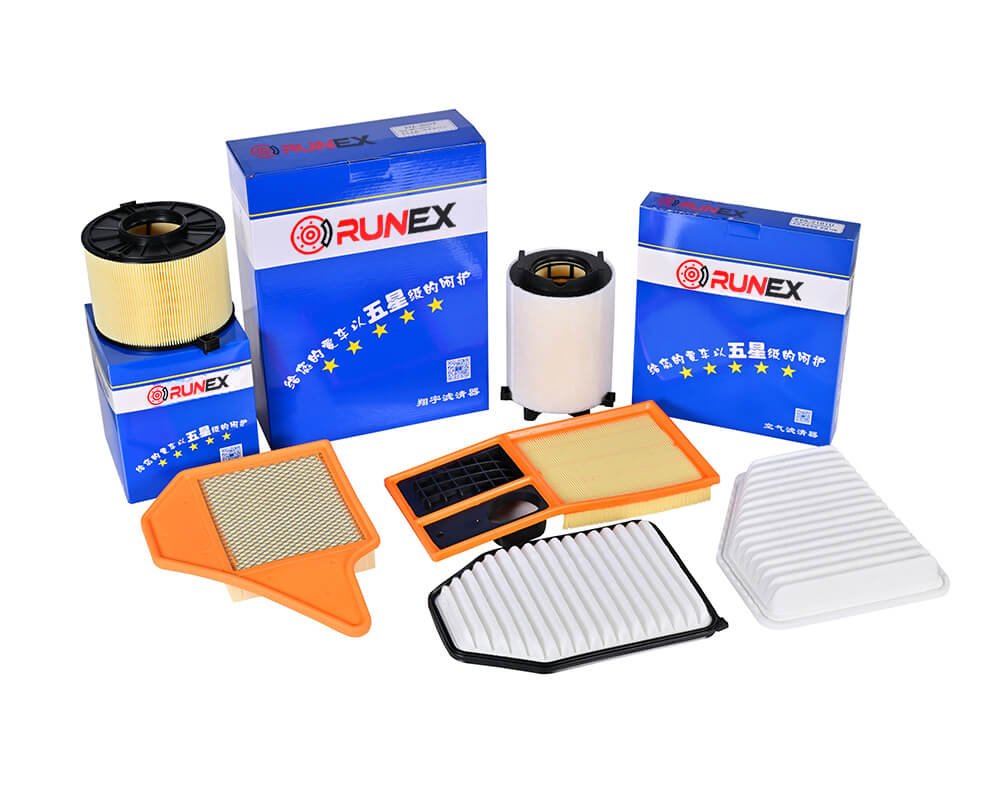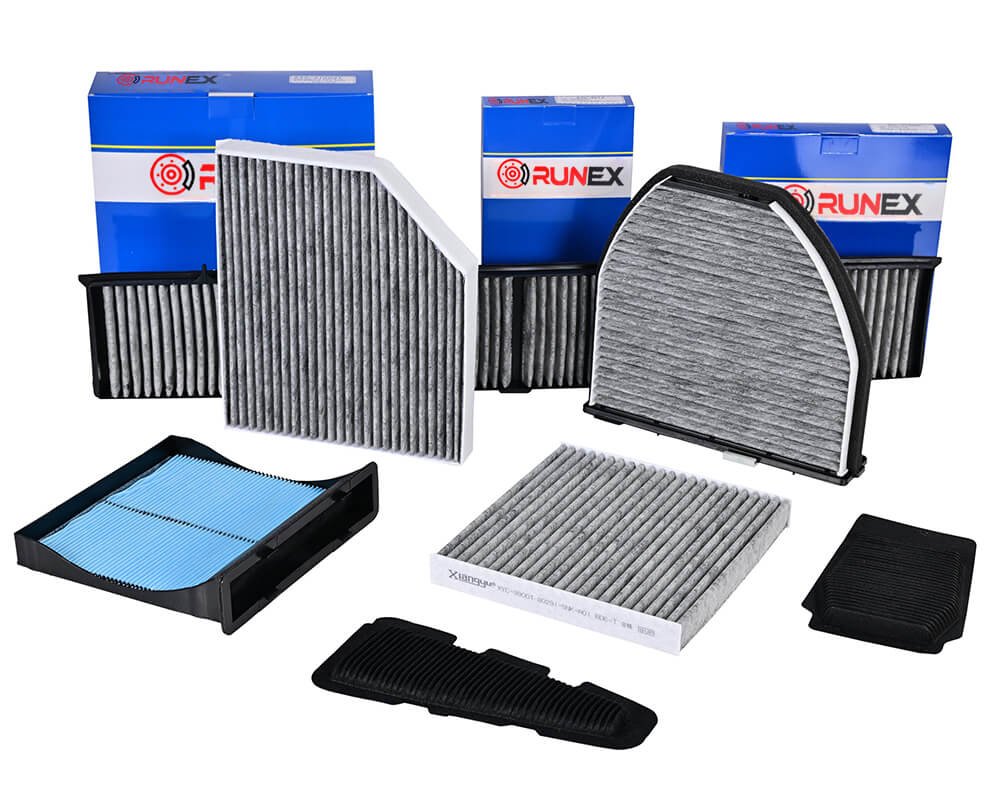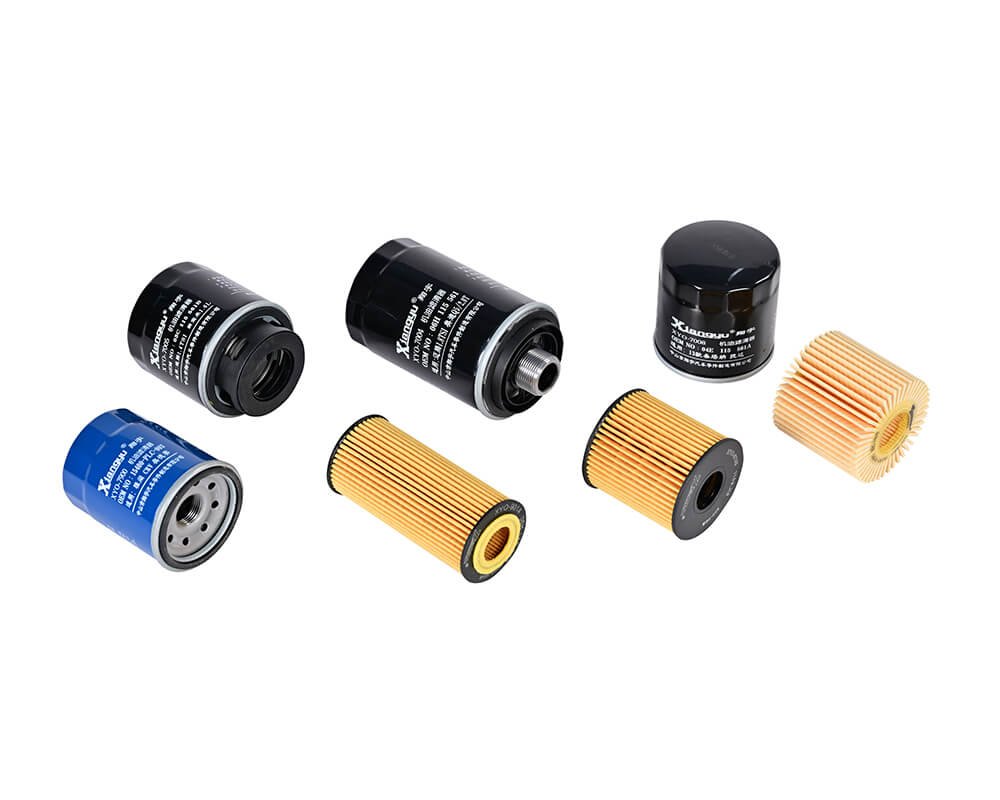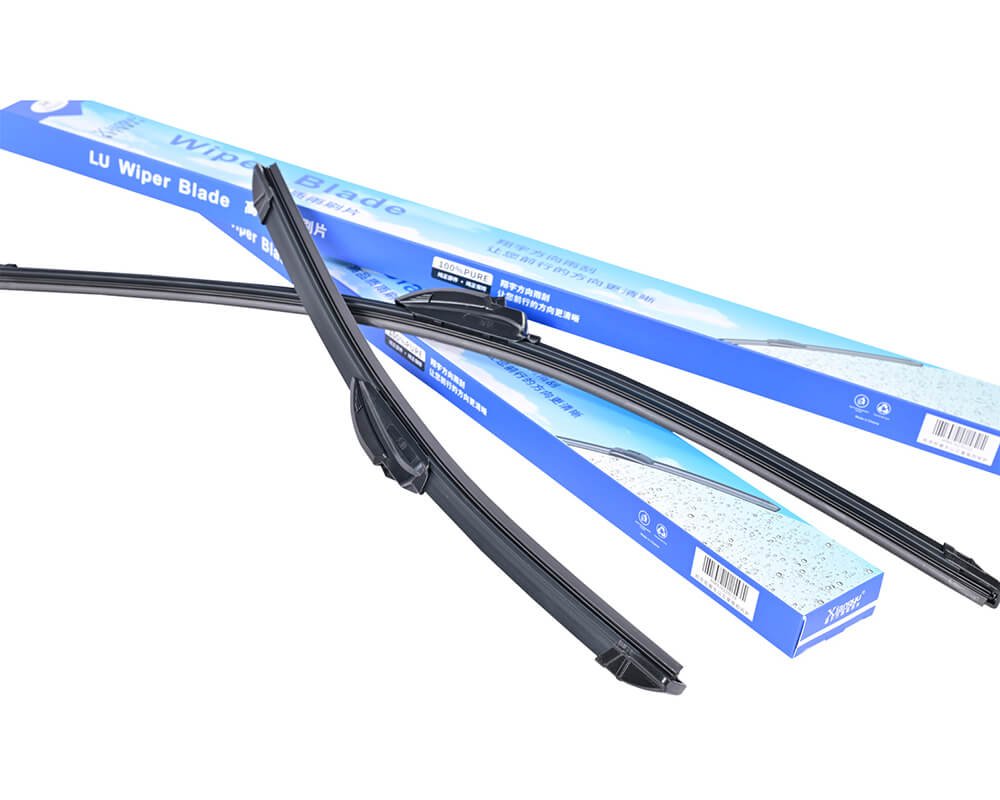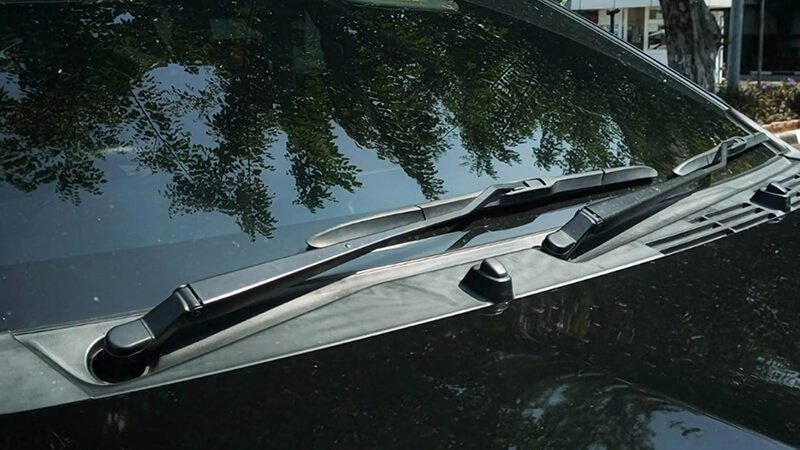If you're new to automotive systems, understanding how the brake system works can be confusing. But knowing the key components and their roles is essential for vehicle safety. Let’s break down the basics.
The brake system is critical for stopping your vehicle safely. It includes many components like brake pads, calipers, and fluid. Understanding how they function can help you maintain your car and avoid safety risks.
Now that we've covered the basics, let’s dive deeper into some of the key components of a brake system. You might be wondering about the differences between disc and drum brakes, or how brake fluid plays such an important role in keeping your car safe. Let’s explore these questions in detail.

How do disc brakes differ from drum brakes?
When it comes to braking systems, disc brakes1 and drum brakes2 are the two main types. You may have heard these terms before, but what exactly makes them different? Let’s take a closer look.
The primary difference between disc and drum brakes3 lies in how they apply friction to stop the vehicle. Disc brakes use a rotor and caliper to slow the vehicle, while drum brakes rely on shoes inside a drum. Each type has its own advantages and disadvantages.
Disc brakes are generally more effective than drum brakes, especially in high-performance vehicles. Let’s break down the differences in terms of design, performance, and cost.
Key Differences Between Disc and Drum Brakes:
| Feature | Disc Brakes | Drum Brakes |
|---|---|---|
| Design | Rotor with caliper and brake pads | Drum with brake shoes inside |
| Heat Dissipation | Excellent heat dissipation, reduces brake fade | Poor heat dissipation, can overheat easily |
| Performance | Superior stopping power, especially in wet conditions | Lower performance, often used in rear wheels |
| Cost | Higher cost due to more components | Lower cost, simpler design |
| Maintenance | Requires more maintenance, especially for high-performance systems | Lower maintenance cost |
-
Advantages of Disc Brakes:
- Superior heat dissipation: Reduces the chance of brake fade under heavy use.
- Better performance in wet conditions: Disc brakes perform better when wet, as water runs off the rotor.
- Faster and more responsive stopping power: Disc brakes provide more precise and quicker stops, especially in high-speed scenarios.
-
Advantages of Drum Brakes:
- Lower cost: Drum brakes are simpler and cheaper to manufacture, often used in budget cars.
- More compact: Drum brakes take up less space and are used in the rear of some vehicles for cost-saving purposes.
- Reliable for lighter vehicles: Drum brakes can be sufficient for smaller, lighter cars or rear-wheel braking systems.
While disc brakes are preferred in modern vehicles due to their efficiency, drum brakes still find applications in certain areas due to their affordability and compact design. This makes them an important consideration when evaluating a vehicle's brake system.

What are the main functions of a brake caliper?
You’ve probably heard of brake calipers4, but do you really know what they do? The brake caliper is a critical part of the braking system that helps ensure you can stop safely.
The brake calipers5 serves as the component that presses the brake pads against the disc rotor. By applying this pressure, it creates friction, which slows down the wheel and stops the vehicle. Let’s explore its role further.
The brake calipers6 plays a key role in creating the friction necessary to stop the vehicle. Let’s take a closer look at its working mechanism, types, and importance in overall braking performance.
Brake Caliper Mechanism
When you press the brake pedal, the brake master cylinder pumps brake fluid into the brake lines, which pushes the caliper piston. The piston applies force to the brake pads, causing them to clamp down on the rotating rotor. The resulting friction slows down the wheel.
There are two main types of brake calipers: floating and fixed. Each serves the same purpose but operates differently.
Floating vs. Fixed Calipers
| Feature | Floating Calipers | Fixed Calipers |
|---|---|---|
| Design | One or two pistons on one side of the rotor | Multiple pistons on both sides of the rotor |
| Performance | Moderate braking power | Superior braking power and performance |
| Complexity | Simple, lower cost | More complex, higher cost |
| Maintenance | Easier to maintain | Requires more effort and expertise |
-
Floating Calipers:
- Typically used in lower-cost vehicles or rear brakes.
- The caliper slides horizontally to apply pressure on both sides of the rotor using a single piston.
- Easier to maintain but generally offers lower performance under extreme conditions.
-
Fixed Calipers:
- Commonly found in high-performance or racing vehicles.
- Feature multiple pistons (sometimes up to 6 or more) for improved performance and braking power.
- Provide more consistent and powerful braking but are more expensive and require more maintenance.
Calipers need to be regularly inspected and maintained. If the calipers seize or wear unevenly, they can cause uneven braking, leading to safety issues. Replacing worn-out calipers ensures that the brake pads are properly aligned and exert maximum force.

How does brake fluid play a role in the braking system?
Have you ever wondered why brake fluid7 is so important? Without it, your braking system wouldn’t function at all. Let’s break down the role of brake fluid in making sure your vehicle stops safely.
Brake fluid8 is essential because it transfers the force from your foot on the brake pedal to the brake components. This hydraulic system ensures that your brakes respond quickly and effectively when you need them most.
Brake fluid9 is what makes the entire hydraulic braking system work. Without it, there would be no way to transmit the force from your foot to the brake components. Let's explore the types of brake fluids and their importance in maintaining a safe braking system.
Types of Brake Fluid
| Brake Fluid Type | Key Features | Ideal Use Case |
|---|---|---|
| DOT Fluid | Hydroscopic, widely available, different grades (DOT 3, DOT 4, DOT 5.1) | Most common fluid for cars, trucks, and motorcycles |
| Mineral Oil | Non-hygroscopic, less moisture-absorbent | Used in some European vehicles like Citroen and Peugeot |
| Synthetic Fluid | High temperature tolerance, more stable | Common in racing vehicles and performance cars |
-
DOT Fluid:
- Advantages: Available in multiple grades for different vehicles, affordable, widely available.
- Disadvantages: Absorbs moisture over time, which reduces performance and can lead to corrosion.
-
Mineral Oil:
- Advantages: Does not absorb moisture, reducing the need for frequent replacement. Ideal for older vehicles.
- Disadvantages: Less common, may require specialized care.
-
Synthetic Brake Fluid:
- Advantages: Designed for high-performance applications, withstands higher temperatures without breaking down.
- Disadvantages: More expensive and may not be compatible with all vehicles.
Importance of Brake Fluid Maintenance
Brake fluid needs to be maintained regularly to ensure the brakes perform efficiently. Moisture in the fluid can cause it to boil under high temperatures, reducing braking power. Air bubbles in the brake lines can also cause a spongy pedal, leading to less effective braking.
Changing the brake fluid at recommended intervals is crucial for optimal brake performance. If you notice a soft brake pedal or a decrease in braking efficiency, it’s time to check the brake fluid and possibly replace it.
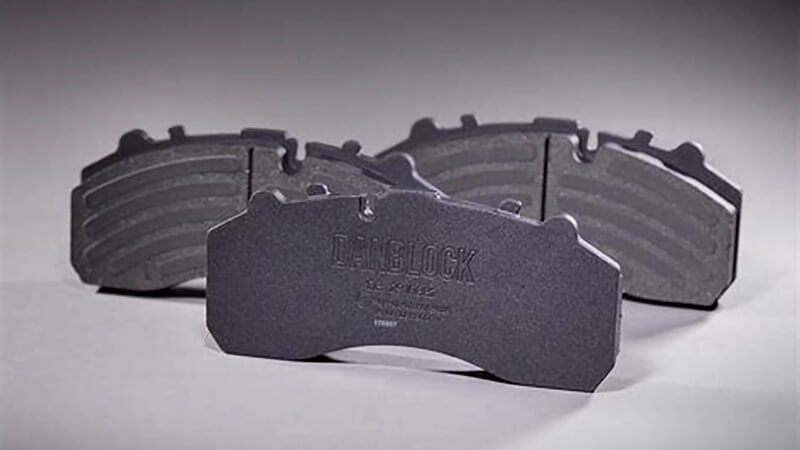
What are the signs that brake pads need to be replaced?
One of the most common maintenance tasks for car owners is replacing the brake pads. But how do you know when it’s time to change them? Let’s take a look at the signs that your brake pads10 need replacing.
Brake pads11 wear down over time, and ignoring the signs can lead to more costly repairs. If you notice any of the following symptoms, it might be time to replace your brake pads before further damage occurs.
Brake pads12 are a critical component of your vehicle’s braking system. They need to be replaced regularly to avoid damage to the rotors and maintain effective braking. Here are some signs to watch out for:
Signs That Brake Pads Need Replacement:
| Sign | Explanation |
|---|---|
| Squealing or Grinding Noise | When the brake pads wear down, a metal tab will make contact with the rotor, causing noise. |
| Reduced Braking Power | If your vehicle takes longer to stop or the pedal feels softer, it’s a sign of worn pads. |
| Vibration in the Pedal | Unevenly worn pads or damaged rotors can cause vibrations when braking. |
| Visible Wear | If the pads are thinner than the minimum thickness (usually around 3mm), they need replacement. |
Worn-out brake pads can lead to damage in the rotor, causing costly repairs. Regularly inspecting brake pads and replacing them when necessary is essential for vehicle safety.
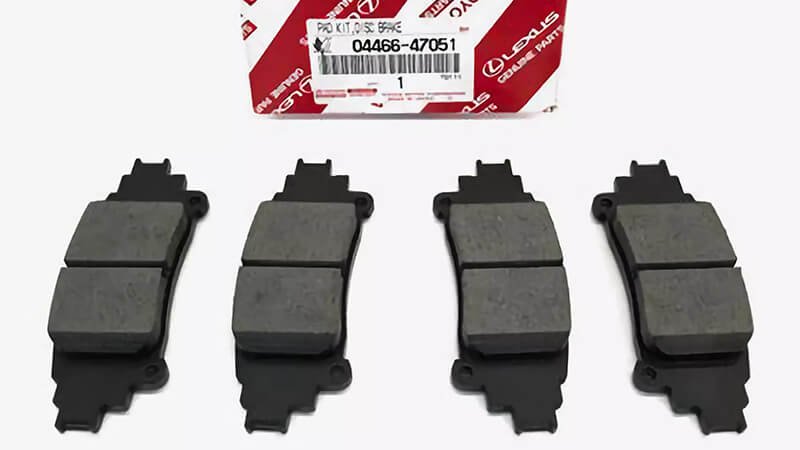
How do you properly bleed a brake system?
Bleeding the brakes might sound intimidating, but it’s an essential skill for maintaining your brake system. If air gets into the brake lines13, it can cause the brakes to lose effectiveness. Let’s learn how to properly bleed the brakes.
Bleeding the brake system14 ensures that air bubbles are removed from the brake lines, which could cause a spongy pedal feel. It’s important to do this correctly to maintain the proper hydraulic pressure for optimal braking performance.
The process of bleeding brakes involves removing air from the brake lines15, which can affect braking efficiency. Here is a detailed look at how to properly bleed your brake system:
Steps to Bleed the Brake System:
-
Prepare the Vehicle:
Park the car on a flat surface, ensure the parking brake is engaged, and turn off the engine. Gather the necessary tools: a brake bleeder kit, a wrench, and fresh brake fluid. -
Locate the Bleeder Valve:
The bleeder valve is located on the brake caliper. Start with the farthest wheel from the master cylinder, usually the passenger side rear. -
Loosen the Bleeder Valve:
Use a wrench to loosen the valve slightly. Have a helper press the brake pedal slowly to allow brake fluid to flow through the line and expel any air bubbles. -
Tighten the Valve:
As the fluid starts coming out without air bubbles, tighten the valve to prevent air from re-entering the line. -
Check Fluid Level:
Periodically check the brake fluid reservoir to ensure it doesn’t run dry, as this can introduce air into the system. -
Repeat for Each Brake:
Repeat this process on each wheel, starting with the farthest and working your way toward the closest to the master cylinder.
Properly bleeding the brakes will restore a firm pedal feel and ensure that your brakes operate efficiently. Neglecting this can lead to unsafe driving conditions, especially when the brakes are needed most.

Conclusion
In this guide, we’ve explored the essential components of the brake system and how they work together to keep you safe on the road. From disc and drum brakes to the role of brake fluid and calipers, understanding these parts can help you maintain your vehicle’s safety. Regular checks and maintenance are key to ensuring your brakes perform at their best.
Contact us16 to get your best brake pads for your business.
-
Learn more about the mechanics and design of disc brakes. ↩
-
Understand how drum brakes function and their design. ↩
-
A comparison of how these two types of brakes operate. ↩
-
Understand the critical role of brake calipers in the braking system. ↩
-
Get insights into how brake pads and calipers work together for stopping power. ↩
-
Learn the differences between fixed and floating brake calipers. ↩
-
Learn why brake fluid is crucial for effective braking. ↩
-
Understand how brake fluid enables smooth and responsive braking. ↩
-
Discover the various types of brake fluids and their role in braking performance. ↩
-
Learn about brake pads and their role in vehicle safety. ↩
-
Discover the signs that indicate it's time to replace your brake pads. ↩
-
Understand why brake pads wear down and need to be replaced regularly. ↩
-
Learn how trapped air in brake lines can reduce braking performance. ↩
-
Discover the effects of not removing air from the brake system. ↩
-
Discover the effects of not removing air from the brake system. ↩
-
Know more brake pads of Runex Auto and click here. ↩

